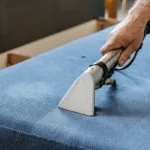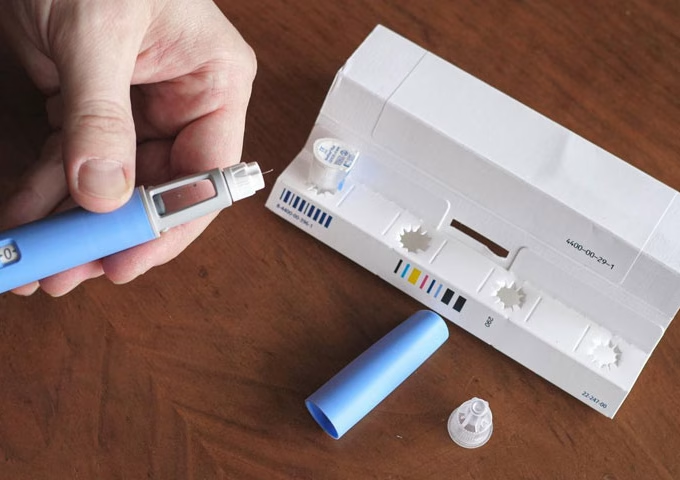Work uniforms have been around in some fashion for many centuries. Indeed, we can find evidence of work uniforms in ancient cultures. Of course, uniforms have come a long way over the years and evolution has been particularly important in the medical field. Modern medical uniforms can slow the spread of diseases and help ensure good health. Many healthcare providers now use scrub programs that ensure that scrubs are fully sanitized, for example, and advanced PPE can stifle even the most tenacious microbes. The road to get here, however, has been quite long.
The Early Emergence of Uniforms
Uniforms have been around for a long time. By the first century AD, Roman legions were wearing relatively standardized uniforms. It’s quite possible that older civilizations also used uniforms to distinguish certain professionals or classes of people. Even royal crowns and the like can be thought of as a type of uniform, signaling who was in charge.
By the Medieval ages, the concept of the modern uniform was beginning to shape up. Initially, some people started to wear badges that signified what roles they worked in or who they worked for. Many noble houses also had “heraldry,” such as a coat of arms. People who worked for the nobility often wore clothing with their noble liege’s heraldry on it.
In the 1700s in England, certain professionals started to wear things to signify their employment. For example, England Coach Guardians wore a red coat with blue lapels that resembled a military uniform. In some post offices, the employees might wear a brass badge to signify their role. Over time, more and more professionals began to distinguish themselves by wearing various articles of clothing, badges, and the like. These trends would influence the emergence of standardized medical uniforms for doctors, nurses, and other healthcare providers.
Medical Uniforms Come into View
Uniforms were also common among religious orders. There’s some debate about when the nun’s habit became common, but St. Francis of Assisi played a major role in popularizing uniforms for nuns when he created a female religious order that became known as the Poor Clares in 1212. The habit worn by Christian nuns would later influence the emergence of medical uniforms. Back then, healthcare was often provided by nuns, paving the way for nursing and similar professions.
As the Bubonic plague ravaged Europe, some medical providers began wearing the infamous bird-like plague masks. These masks were designed to keep “bad air,” or miasma as it was known, away from the caregivers. While the nature of the plague was still largely unknown even to medical professionals, some people had figured out that it was likely to spread through the air or contact with someone who was sick. It’s not clear how effective the plague costume was, but it may have protected caregivers by reducing exposure to blood and airborne droplets.
By the second half of the 18th century, however, medical uniforms were moving away from resembling religious attire. Initially, many doctors and medical providers preferred white uniforms. Hygiene wasn’t necessarily a major priority as germ theory was still unknown to most. However, in 1889, William Stewart Halsted introduced rubber gloves, marking one of the most concrete early examples of efforts to increase sanitary conditions via attire.
By the 1960s and 70s, some medical providers came to believe that hospital settings were a bit too white and aesthetically sterile. Some also found white uniforms hard on the eyes. To brighten things up, many care providers, including nurses and doctors, began to wear green and blue scrubs. These scrubs made it easier to identify staff. Nurses also started to move away from wearing caps. First, disposable caps were introduced to encourage cleanliness, but later many nurses started abandoning those as well.
Stopping the Spread of Diseases is Now a Priority
Many hospitals and similar institutions now source their scrubs and other uniforms through medical uniform programs. Modern medical scrubs are designed to be easy to sanitize and easy to replace. Further, Personal Protective Equipment (PPE) is now a standard part of medical uniforms. All these developments have helped slow the spread of diseases, protecting healthcare providers and patients alike.













